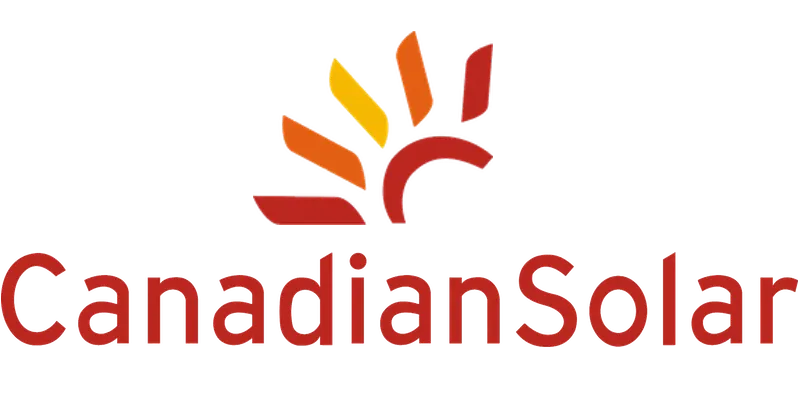Commercial Solar
Commercial solar investment can help New Zealand businesses reduce energy costs, lower their carbon footprint, and build long-term sustainability. And it has never been more affordable.
There are various ways your business can access solar energy, including purchasing solar panels outright, or entering a power purchase agreement (PPA) with an energy supplier.
Read on to learn more about whether solar would suit your business, and what you should consider to help you make the best decision.
A large, unshaded roof is best for solar. If your roof is smaller, then your options are more limited, but many businesses are still making this work. Shading needs careful analysis, as this will reduce electricity generation. If it’s only occurring in the early morning and late afternoon, the impact may be relatively small.
Structural engineering considerations should be investigated early, as solar panels do add to the roof weight, which can be a significant issue in locations with high seismic loads.
Solar panels can be attached to most roof types. You should discuss with installers what fixing type and installation method they propose to use, and how this will affect the warranty of your roof. Also consider the expected life of your roofing material and any maintenance requirements on your roof.
Alternatives to installing on an existing roof are to establish a new roof over a car parking area, or to have the panels ground mounted if there is land space available around your business. Both of these options will add costs.
Solar will provide the best financial returns for businesses with high daytime electricity use. This is because you will maximise the value of your system by directly using the majority of the power generated on site.
For businesses who use most of their electricity during the day, when the solar panels are generating the most power, savings can be significant.
Understanding your business’s electrical energy profile is a great way to start. Ask your retailer if they can provide this information for each half hour of the last year. Also consider whether you could shift more of your existing electricity consumption to the daytime if you installed solar.
It’s likely that you’ll be exporting electricity to the grid at least some of the time, so you should look into how much you’ll get paid for this.
There will also be constraints on how much you can export. This will depend on the details of your individual connection to the network, and the design of the network in your wider area. This may be more of an issue if your on-site electricity consumption is highly variable, which will mean you’ll be exporting more often. A solar installer or consultant will liaise with your lines company to understand these constraints, which may influence the optimum system size.
A business that has higher electricity prices will see the best returns from an investment in solar. You’ll need to consider how much your business pays for electricity at different times of the day and year, as this affects overall savings.
For businesses with higher energy consumption, it’s also likely that there will be more specific charges itemised on your bill. This will include lines charges for electricity transmission and distribution. The magnitude of these costs, and whether or not they are fixed, can have a significant influence on the financial payback of commercial-scale solar.
Solar design Example
An Example of a Solar design produced by Streamline Solar offsetting a Huge majority of the day time Energy use.

Our affiliations







